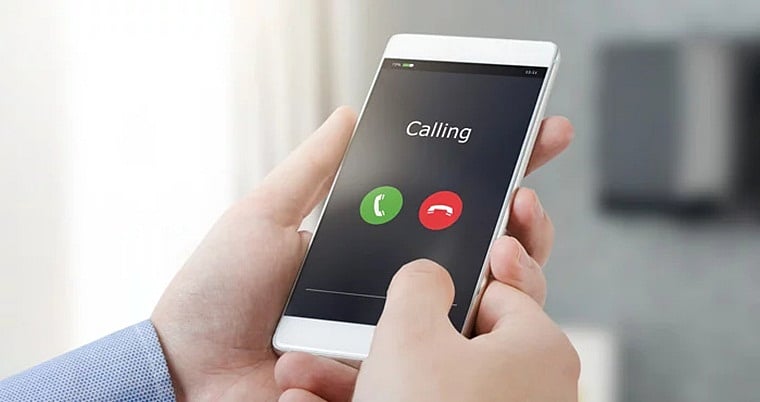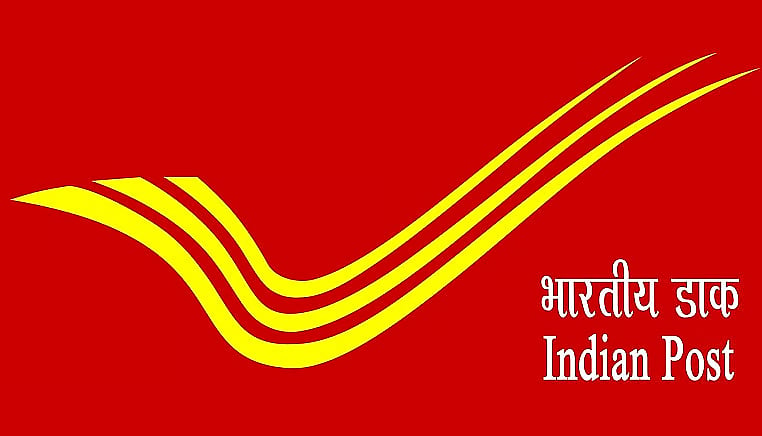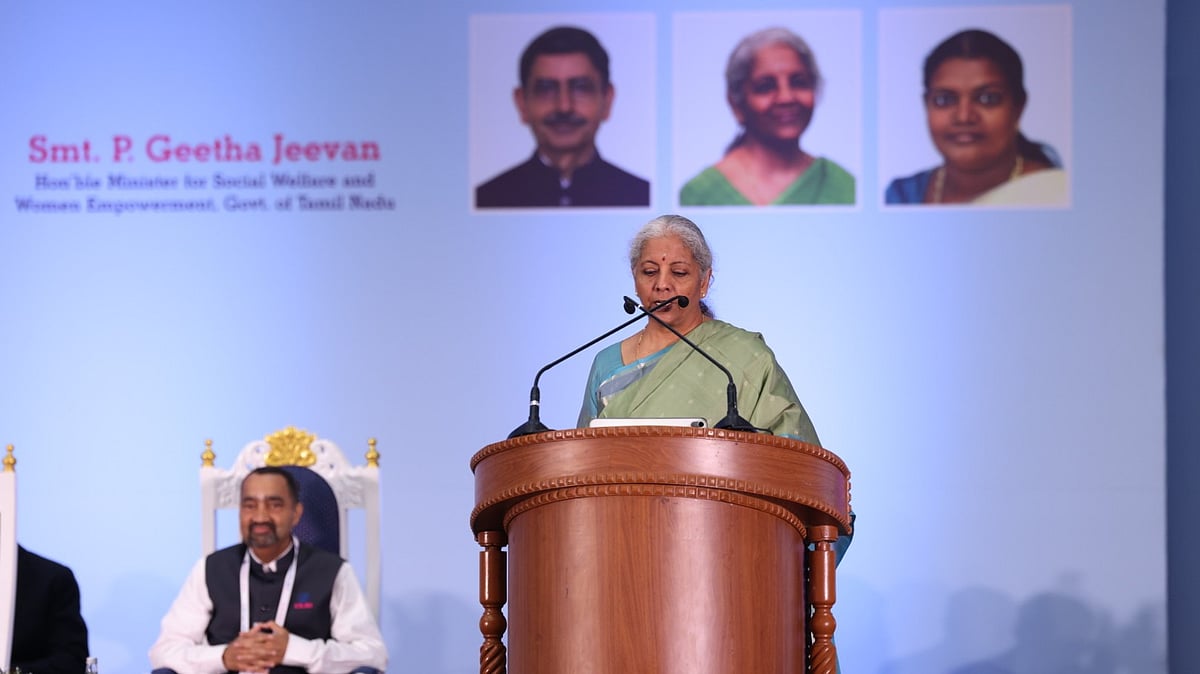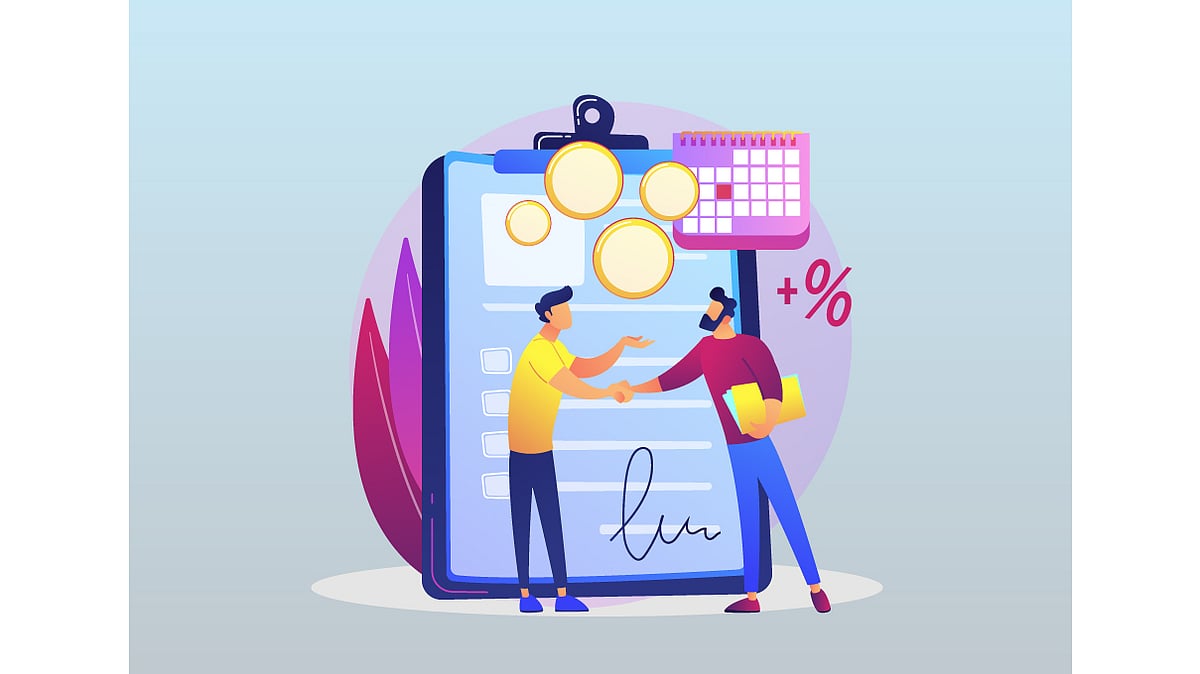The Telecom Regulatory Authority of India (TRAI) is planning to bring a new feature that will enable users to view the caller's name, potentially aiding to fight against spam calls. Meanwhile the third-party services like Truecaller already offer similar features but their data is largely crowd sourced and thus may lack accuracy.
The reason for bringing these features is that in recent years, the frequency of spam messages and calls from unknown numbers has significantly increased at large numbers. As the world of digitalisation evolves, so do the scams and scammers. Unknown callers have become a major problems for all smartphone users.
TRAI proposes to roll out this feature as 'Calling Name Presentation (CNAP)'. If implement, CNAP can assist in addressing the menace of spam calls.
What is CNAP?
CNAP stands for Caller Name Presentation. Similar to Truecaller, it displays the caller's name when you receive a call.
How CNAP Works?

Representative Image |
1. Telecom providers will use the name provided by subscribers during SIM card registration.
2. Businesses can display a preferred name instead of the subscriber's name, if registered with government authorities.
3. Network providers maintain a database linking customer names with phone numbers.
4. When a call comes in, the network refers to this database to identify the caller's name.
5. Upon subscriber request, all telecom service providers must offer CNAP as a feature.
Trial Implementation
- Before nationwide rollout, TRAI recommends a trial period to ensure the feature's effectiveness and accuracy.
How will it be different from Truecaller?

Representative Image
Truecaller relies on crowd-sourced information from users whereas on the other hand CNAP database is sourced from information provided in the Customer Application Form (CAF) during SIM card registration.
CNAP database information is verified through Government-recognised identity proofs during the registration process.
KYC Process
Truecaller doesn't have a formal Know Your Customer (KYC) process but the CNAP data is obtained through the KYC process, though not infallible, it is more regulated and potentially more accurate.
While Truecaller's data is not regulated by government authorities. CNAP data is derived from official documents submitted during the SIM card registration process, ensuring a degree of government recognition.
Privacy Concerns
Truecaller's data collection methods may raise privacy concerns. CNAP, while still needing attention to privacy, is subject to telecom regulations and likely has stricter privacy measures in place.












